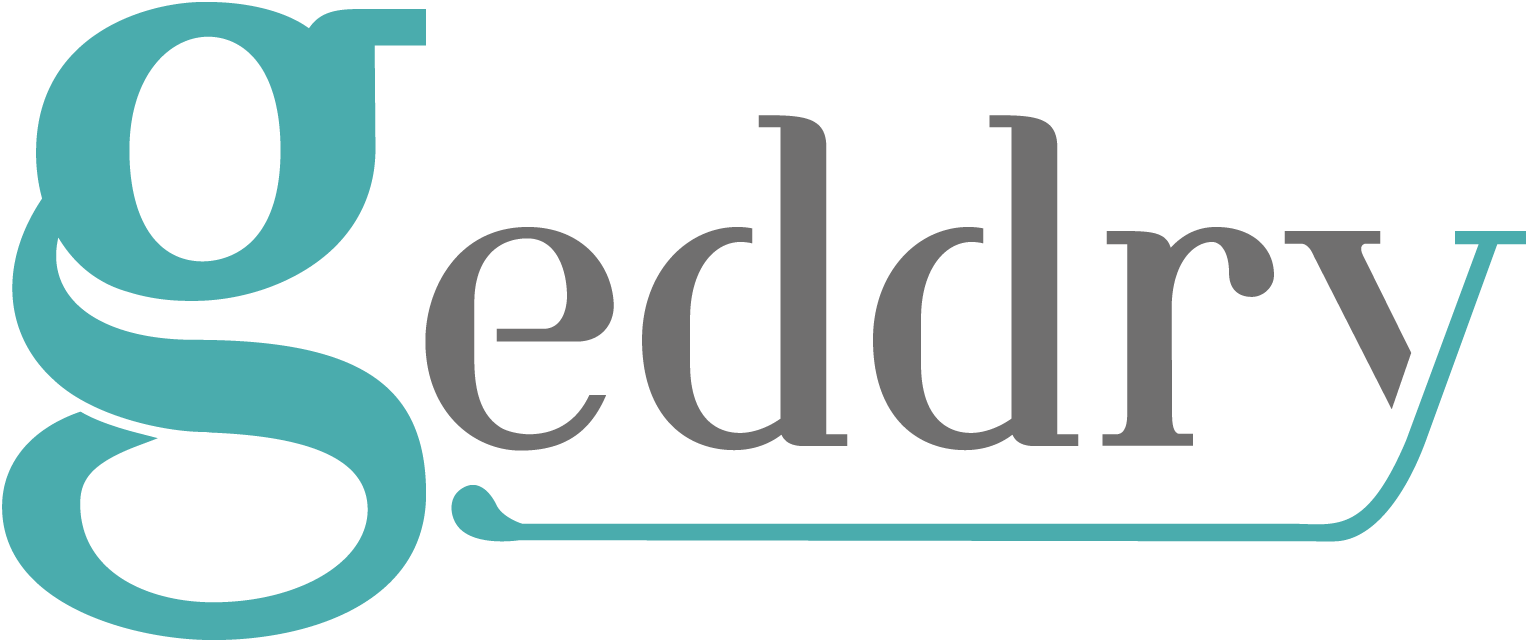The Truth About Taxes: How Government Spending Reinvests in Communities
How Taxes Work: Repatriating Wealth to Communities
A significant imbalance exists in how federal tax dollars are collected and redistributed. States with larger urban economies, often blue states, contribute more in federal taxes than they receive in return, while many rural states, often red states, receive more in federal assistance than they contribute. This means that federal funding that supports rural infrastructure, healthcare, and public services is often subsidized by the economic output of blue states.
When we pay federal taxes, that money doesn’t disappear into a void. It is redistributed to states and local governments through grants, programs, and services. This is particularly important in rural areas like Coos County, which receive more in federal funding than they contribute in taxes.
Coos County’s Budget: A Case Study
Coos County has an annual budget of approximately $130 million. Of that:
-
$110 million (85%) comes from federal and state grants
-
Only $20 million (15%) is generated locally
This means that for every tax dollar collected locally, multiple dollars come back through federal and state assistance. Without these funds, the county would have to make devastating cuts to public safety, healthcare, infrastructure, and education—or dramatically raise local taxes to compensate.
The Myth of Government Waste
One often-overlooked reality is that tech billionaires and large corporations benefit enormously from socialized infrastructure. Roads, bridges, electrical grids, and internet networks—funded largely by taxpayer dollars—enable companies to generate massive profits. Without these public investments, businesses would face significantly higher operational costs. However, many of these same corporations use tax loopholes to avoid contributing their fair share, further shifting the burden onto working-class taxpayers. Many Americans believe the government wastes money, a notion reinforced by decades of political rhetoric. Phrases like “We all know the government wastes money” are repeated so often that they are accepted without question. But what if much of what we call “waste” is actually an investment that benefits our communities? In places like Coos County, federal and state funding is not just a bonus—it’s essential to maintaining public services, infrastructure, and local economies.
While inefficiency exists in every sector—public and private—the idea that the government is inherently wasteful is more dogma than fact. Waste should be scrutinized wherever it exists, but broad claims of “government waste” often overlook where tax dollars actually go. The largest portions of federal spending support:
-
Social Security and Medicare – Programs that directly benefit millions of Americans, particularly seniors and disabled individuals.
-
Defense and Military Spending – A sector that few critics of government waste challenge, despite massive expenditures and cost overruns.
-
Public Infrastructure and Services – Roads, bridges, emergency response, education, and public health programs.
If we eliminated all so-called “wasteful spending,” we would inevitably cut services that people rely on—often without realizing they’re government-funded.
The Reality of Corporate Inefficiency
Critics often point to government inefficiency without acknowledging the private sector’s waste and corruption. Corporate fraud and mismanagement have led to some of the biggest financial disasters in history, such as:
-
Enron – A major energy company that used fraudulent accounting practices to hide debt, leading to a catastrophic collapse that wiped out thousands of jobs and pensions. Enron also benefited from extensive tax breaks and deregulation, which enabled its fraudulent schemes. Worse, Enron traders manipulated electricity supply on the grid, causing artificial shortages that led to rolling blackouts and even deaths due to power outages.
-
WorldCom – Engaged in one of the largest accounting frauds in history, inflating assets by billions of dollars before declaring bankruptcy. Like Enron, WorldCom took advantage of weakened regulatory oversight and tax loopholes to manipulate its finances.
Both of these scandals resulted in devastating consequences for workers and investors, proving that private corporations are not inherently more efficient than government programs. The difference? Corporate fraud benefits executives, while government inefficiency, when it exists, is at least subject to public oversight and accountability.
The Hidden Costs of Cutting Government Spending
-
Blue States Contribute More to the Federal Budget – A significant imbalance exists in how federal tax dollars are collected and redistributed. States with larger urban economies, often blue states, contribute more in federal taxes than they receive in return, while many rural states, often red states, receive more in federal assistance than they contribute. This means that federal funding that supports rural infrastructure, healthcare, and public services is often subsidized by the economic output of blue states.
-
Cutting Medicaid Hurts Rural America – Rural hospitals, including Bay Area Hospital in Coos County, rely heavily on Medicaid reimbursements to stay operational. Cuts to Medicaid funding force hospitals to reduce services, lay off staff, or even shut down, leaving rural residents with fewer healthcare options and longer travel times for critical care. Without adequate funding, rural communities face declining public health and increased medical bankruptcies.
-
Cutting Medicaid Hurts Rural America – Rural hospitals, including Bay Area Hospital in Coos County, rely heavily on Medicaid reimbursements to stay operational. Cuts to Medicaid funding force hospitals to reduce services, lay off staff, or even shut down, leaving rural residents with fewer healthcare options and longer travel times for critical care. Without adequate funding, rural communities face declining public health and increased medical bankruptcies. Advocates for cutting government spending rarely acknowledge the long-term costs of such cuts. Consider:
-
Defunding public health programs leads to higher medical costs for everyone.
-
Cuts to infrastructure maintenance result in failing roads and bridges, which are more expensive to fix later.
-
Reductions in public safety funding can lead to increased crime and emergency response delays.
In short, eliminating government spending does not eliminate the need for those services—it simply shifts the burden onto individuals and local communities, often making them more expensive in the long run.
Conclusion: Understanding the Value of Public Investment
Taxes are not just an expense; they are a form of collective investment in our communities. Without federal and state funding, places like Coos County would struggle to provide even basic services. Instead of asking, “Where can we cut?” we should be asking, “How can we ensure our tax dollars are used efficiently to benefit the most people?” Understanding the flow of tax dollars helps us move beyond ideological talking points and toward practical solutions that sustain our communities.
Would cutting government spending truly help your community, or would it simply shift costs to individuals while weakening essential services? The answer, for most rural areas, is clear: public investment is not waste—it’s survival.
We need your help. While Geddry is a volunteer effort there are still costs to providing pro-democracy content to Coos County. Your donation will help cover printing costs, web hosting fees, and of course we need to raise money for our noncommercial community radio station to cover the costs of equipment.
Please make your tax deductible donation here because we can’t do this alone.


Thanks for the great and concise reporting!